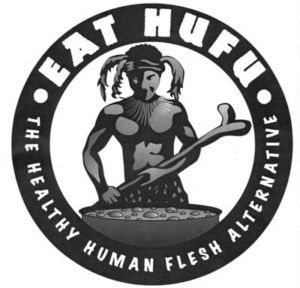
- Image by Another Pint Please… via Flickr
I like to party.
Actually, that’s a lie. I’m too introverted to be a partier. More accurately, I like to throw two parties per year. I am also cheap frugal, so I try not to break the bank feeding fifty of my closest friends.
I have two entirely different parties. The first, known as the “Fourth Annual Second Deadly Sin Barbecue of Doom”, is a daytime party with a lot of food. The second is a Halloween party which takes place at night and refreshments are more of the liquid variety. Two different parties, two different strategies to keep them affordable.
Meat
For the Halloween party, meat consists entirely of a meat/cheese/cracker tray and a crock-pot full of either sloppy joes or chili. Quick and easy for about $20. For the barbecue, meat is the main attraction. The menu varies a bit from year to year. Last year, we had burgers, brats, hot dogs, a leg of lamb, pulled pork, and a couple of fatties. The year before, we had a turducken, but no fatties. From a frugal standpoint, the only meat mistakes were the turducken and the lamb. Neither are cheap, but both as delicious. The rest of the meat needs to be bought over the months preceding the party, as they go on sale. Ten pounds of beef, 2 dozen brats, 2 dozen hot dogs and a pork roast can be had for a total of about $75, without having to worry about picking out the hooves and hair. Fatties cost less than $5 to make.
Sides
Both parties have chips, crackers and a vegetable tray. Chips are usually whatever is on sale or the store brand if it’s cheaper. Depending on our time management, we try to cut the vegetables ourselves, but have resorted to paying more for a pre-made veggie tray in the past. This runs from $15-30.
Drinks
For kids and adults who don’t drink, I make a 5 gallon jug of Kool-Aid. Cost: About $3. For adults, I provide a few cases of beer. I don’t drink fancy beer, so this runs about $50. For the Halloween party, I throw open my liquor cabinet. Whatever is in there is available for my guests. The rule is “I provide the beer. If you want something specific, bring it yourself.” I have a fairly well-stocked liquor cabinet, but I don’t stock what I don’t like or don’t use. Part of the stock is what guests have left in the past. I don’t drink much and I buy liquor sporadically when I have a whim for something specific, so raiding the leftovers in the liquor cabinet doesn’t register on my party budget.
Potluck
While it seems like an obvious and easy way to keep costs down, I do not and will not expect my guests to bring anything. I throw a party to showcase either A) my cooking, or B) my Halloween display. I don’t charge admission. I don’t charge for a glass. I throw a party so I can have fun with the people I care about and the people the people I care about care about. I consider it a serious breach of etiquette to ask anybody to bring something. On the other hand, if someone offers, I will not turn it down.
Fun
The most important part of either of my parties is fun. All else is secondary. I seem to be successful, since reservations are made for my spare beds a full year in advance. Last Halloween, people came from 3 states.
Cost
How much do my mildy-over-the-top parties cost? The barbecue runs about $150-180 plus charcoal and propane. Yes, I use both. I’ll have 2 propane grills, 1 charcoal grill, and a charcoal smoker running all day. The Halloween party costs $80-100 for the basics. The brain dip costs another $20 and there’s always at least another $50 in stuff that seems like a good idea to serve.
Update: This post has been included in the Festival of Frugality.









